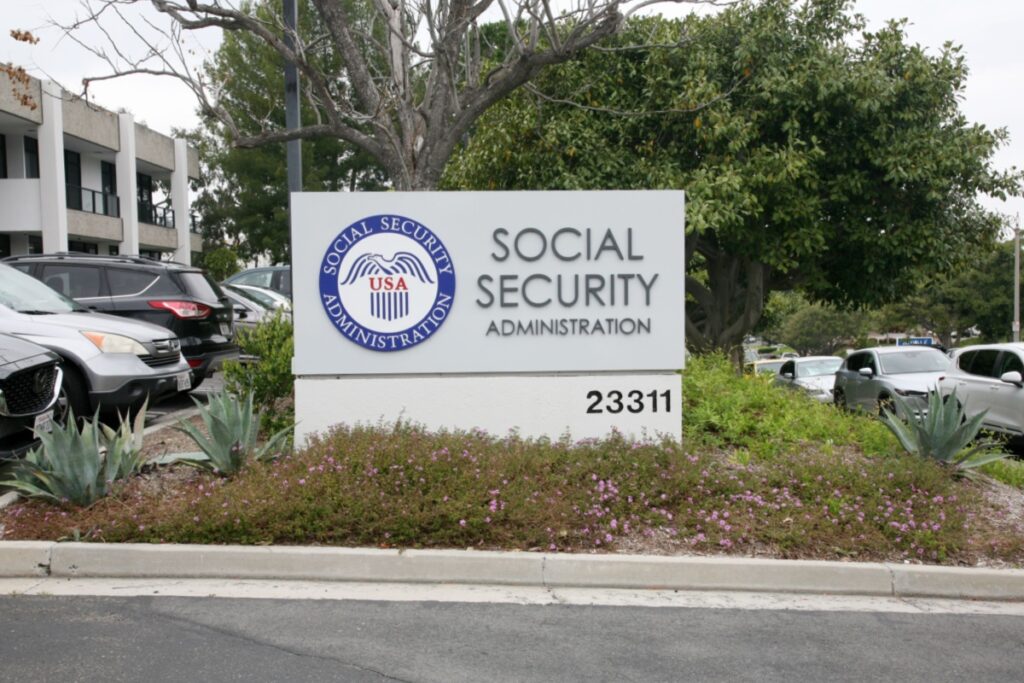Adjustment and Eligibility Details Reveal Important Changes
The Social Security Administration (SSA) announced a 2.8% cost-of-living adjustment (COLA) for 2026 benefits, marking an increase from the 2.5% bump applied for 2025. The increase will take effect with payments issued in January 2026 for most Social Security beneficiaries, while recipients of Supplemental Security Income (SSI) will see the adjustment reflected in the December 2025 payment made at the end of the month.
According to official estimates, the average retired-worker benefit will grow by roughly $56 per month, based on a starting average benefit near $2,008. The increase applies to more than 71 million Social Security beneficiaries, with about 7.5 million SSI recipients scheduled for the year-end update.
Economic Context and Inflation Outlook
The adjustment formula behind the COLA is linked to the Consumer Price Index for Urban Wage Earners and Clerical Workers (CPI-W), which rose by approximately 2.8% in the third quarter of 2025 compared to the same period a year earlier. This increase in consumer prices followed a period of elevated inflation that had previously triggered a notably large 8.7% COLA in 2023.
Experts caution, however, that while a 2.8% boost may provide some relief to beneficiaries, it might not fully offset the cost pressures many retirees face. Among them are rising housing and medical-care costs, and a premium increase for Medicare Part B that is projected to outpace the COLA increment.
Program Solvency and Institutional Considerations
Alongside the benefit adjustment, the taxable wage base for Social Security payroll taxes will increase from $176,100 in 2025 to $184,500 in 2026, according to SSA data.
Despite the current benefit increase, the program continues to confront long-term funding concerns. The Board of Trustees of the Federal Old‑Age and Survivors Insurance and Disability Insurance Trust Funds projects that under current law the Social Security trust funds could begin drawing down its reserves significantly starting in 2034, ultimately limiting full benefit payments unless legislative adjustments are made.
Furthermore, recent years have seen internal shifts within the SSA and renewed calls for broader reform from advocacy groups such as the AARP, which emphasizes that the COLA increase does not address structural challenges or guarantee adequacy of benefits for lower-income retirees.
Implications for Retirees and Policy Agenda
For retirees relying on Social Security, the 2026 COLA means modest additional monthly income, but many analysts suggest this may still fall short of matching actual cost of living increases, especially in areas such as housing, food and health care.
In response, financial planners recommend that older adults continue to review their budgets and retirement-income strategies, paying particular attention to how medical expenses and inflation may erode purchasing power over time.
On the policy front, lawmakers are expected to face increasing pressure to address the program’s sustainability and adequacy. Options under discussion include modifications to eligibility age, benefit formulas, or tax structures, though no major changes have been enacted thus far. The COLA announcement adds to the backdrop of an increasingly active debate over the long-term future of U.S. retirement and disability benefits.


